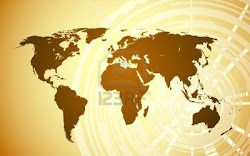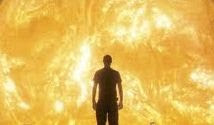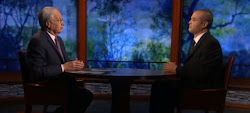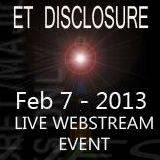Three Decades Of Global Cooling
Al Gore wasn't there to throw out the first snowball, er, baseball, so he might not have noticed that Saturday's playoff game between the Colorado Rockies and the Philadelphia Phillies was snowed out — in early October. The field should have been snow-free just as the North Pole was to be ice-free this year.
It seems that ice at both poles hasn't been paying attention to the computer models. The National Snow and Ice Data Center released its summary of summer sea-ice conditions in the Arctic last week and reported a substantial expansion of "second-year ice" — ice thick enough to have persisted through two summers of seasonal melting.
According to the NSIDC, second-year ice this summer made up 32% of the total ice cover on the Arctic Ocean, compared with 21% in 2007 and 9% in 2008. Clearly, Arctic sea ice is not following the consensus touted by Gore and the warm-mongers.
This news coincides with a finding published in the journal Geophysical Research Letters last month by Marco Tedesco, a research scientist at the Joint Center for Earth Systems Technology. He reported that ice melt on Antarctica was the lowest in three decades during the ice-melt season.
Each year, millions of square miles of sea ice melt and refreeze. The amount varies from season to season. Despite pictures taken in summer of floating polar bears, data reported by the University of Illinois' Arctic Climate Research Center at the beginning of this year showed global sea ice levels the same as they were in 1979, when satellite observations began.
At the 2008 International Conference on Climate Change, hosted by the Heartland Institute, the keynote speaker, Dr. Patrick Michaels of the Cato Institute and the University of Virginia, debunked claims of "unprecedented" melting of Arctic ice. He showed how Arctic temperatures were warmer during the 1930s and that most of Antarctica is indeed cooling.
At the other end of the earth, we are told the Larsen B ice shelf on the western side of Antarctica is collapsing. That part is warming and has been for decades. But it comprises just 2% of the continent. The rest of the continent is cooling.
A report prepared by the Scientific Committee on Antarctic Research for last April's meeting of the Antarctic Treaty nations in Washington notes that the South Pole has in fact shown "significant cooling in recent decades."
Australian Antarctic Division glaciology program head Ian Allison says sea ice losses in west Antarctica over the past 30 years have been more than offset by increases in the Ross Sea region, just one sector of East Antarctica. "Sea ice conditions have remained stable in Antarctica generally," Allison says.
So what gives? Earth's climate is influenced by many things, the least of which is the internal combustion engine. We and reputable scientists have noted the earth has cooled during the last decade, a period in which the sun has grown very quiet with little or no sunspot activity.
According to research conducted by Professor Don Easterbrook from Western Washington University, the oceans and global temperatures are closely related. They have, he says, a natural cycle of warming and cooling that affects the planet.
The most important ocean cycle is the Pacific Decadal Oscillation (PDO). Easterbrook notes that in the 1980s and '90s it was in a warming cycle, as was the earth. The global cooling from 1940 to 1975, which had some experts warning of an ice age, coincided with a Pacific cooling cycle.
Professor Easterbrook says: "The PDO cool mode has replaced the warm mode in the Pacific Ocean, virtually assuring us of three decades of global cooling." Such solar and ocean cycles explain why the earth can cool and polar ice thicken even as carbon dioxide levels can continue to increase.
Will any of this be brought up at the climate conference in Copenhagen this December? Not unless hell freezes over. Then again ...
From:
Investor's Business Daily
http://license.icopyright.net/user/viewFreeUse.act?fuid=NTMzMDAzOA





No comments:
Post a Comment